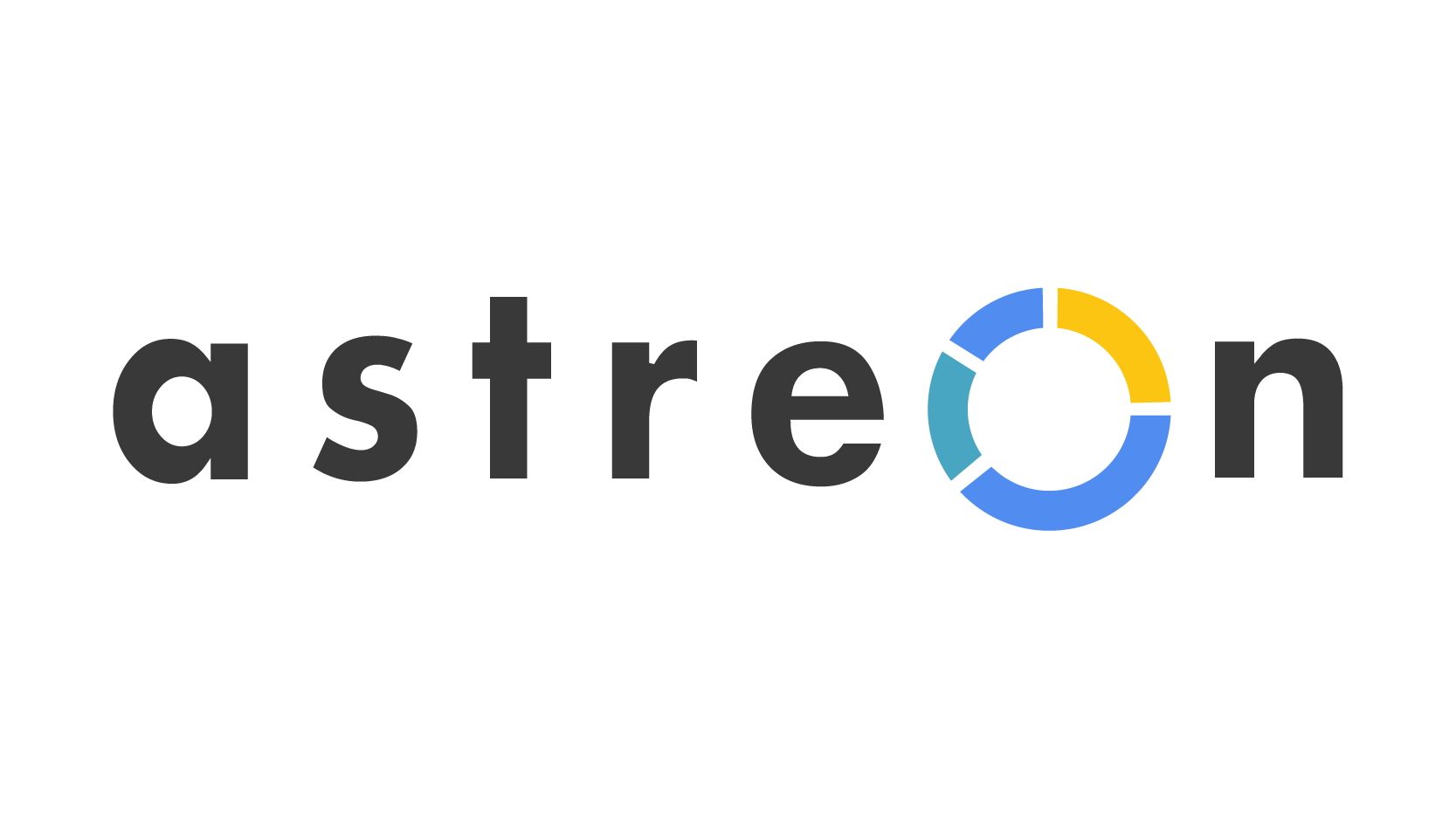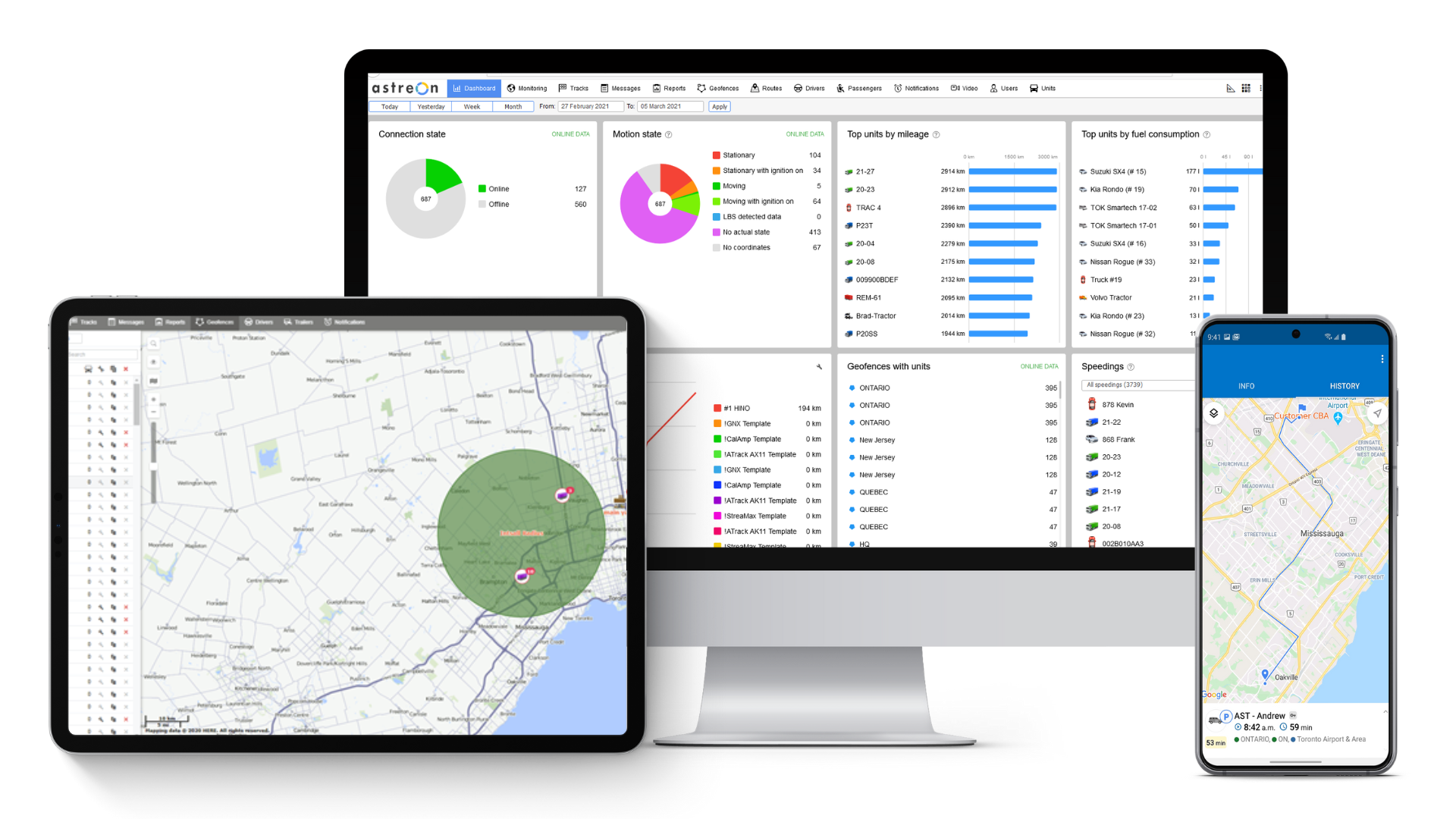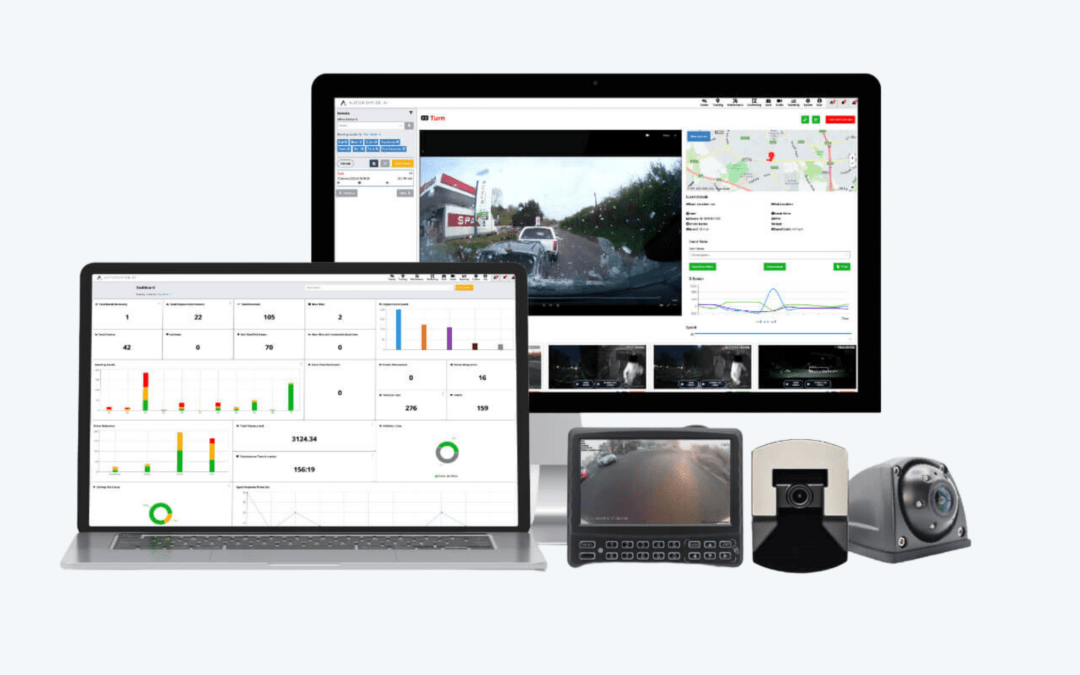
by Yumi | Jul 31, 2023 | Dashcam, Fleet management, Telematics, Tracking
In the dynamic world of fleet management, one technology stands out as a game-changer: Video Telematics. Coupled with the transformative power of Artificial Intelligence (AI), this innovation promises to revolutionize the way fleet operators and drivers conduct...

by Yumi | Jun 19, 2023 | Fleet management, Mobile workforce management, Operation Management, Telematics, Tracking
The rapid evolution of technology has reshaped various aspects of business, with fleet management standing out as a prime beneficiary. The modern fleet manager deals with vast data points, from vehicle diagnostics to driver behaviour, fuel consumption, route...
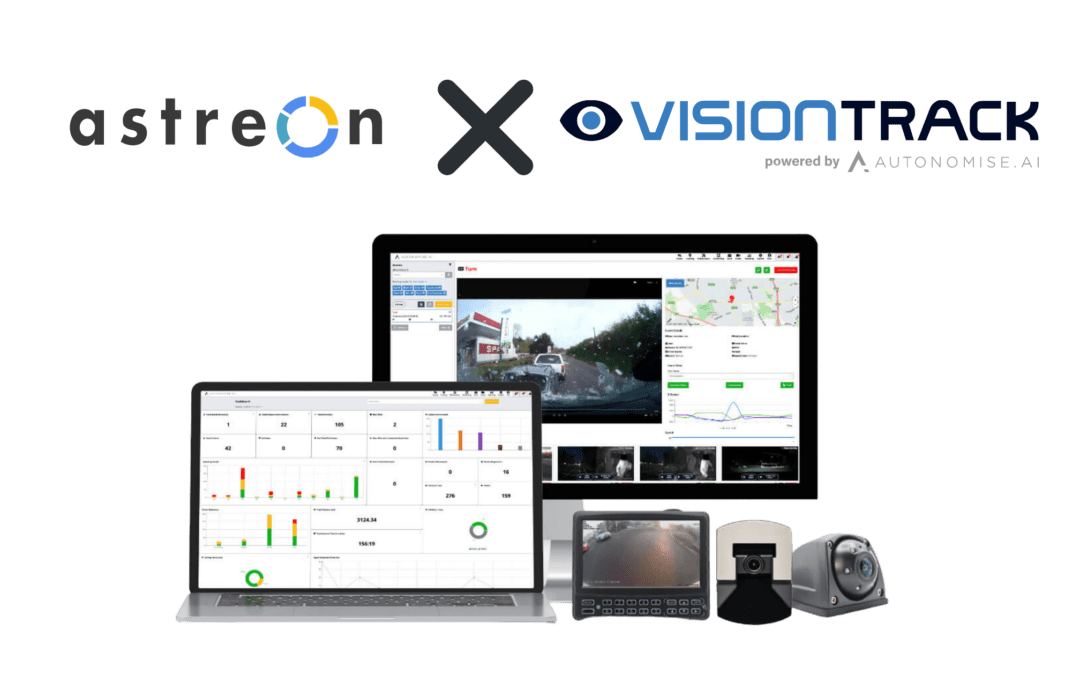
by Yumi | Jun 12, 2023 | Dashcam, Telematics, Tracking
Astreon and VisionTrack Announce Strategic Resale Partnership to help improve safety for commercial fleet operators Astreon to integrate VisionTrack premium dash cameras and newly launched AI-powered post-analysis solution, NARA in its Fleet Management software...
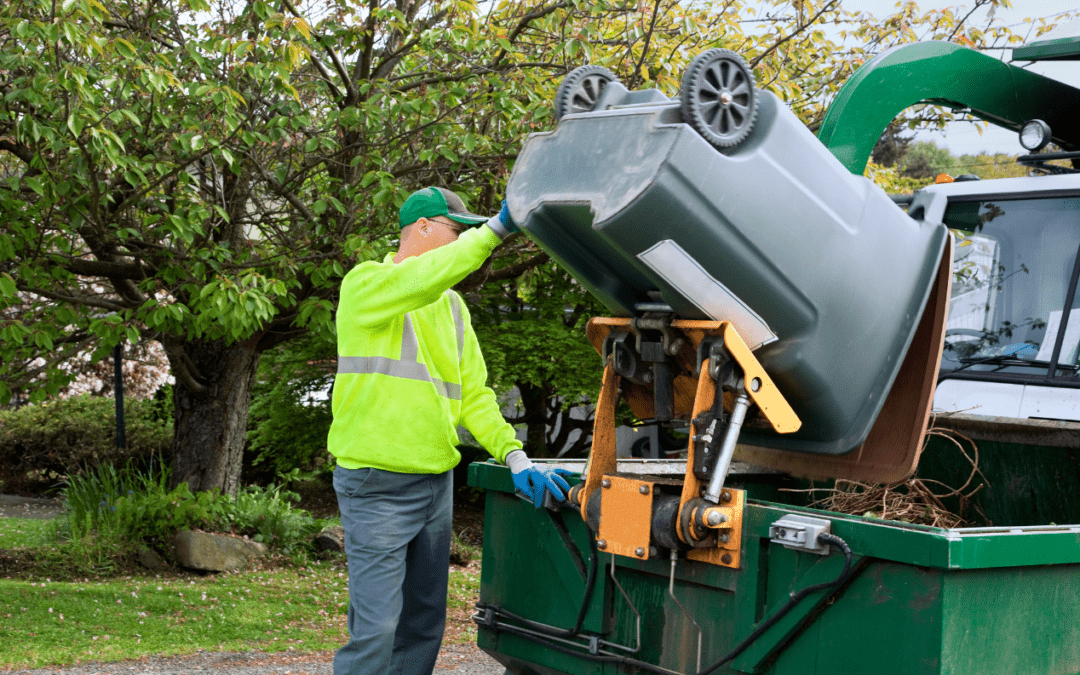
by Yumi | May 22, 2023 | Dashcam, Fleet management, Fleetrun, Fuel, Maintenance, Mobile workforce management, Operation, Operation Management, Telematics, Tracking
In the waste management industry, efficiency, timeliness, and precision are crucial. An unexpected issue can interrupt the entire schedule, causing an accumulation of waste, unhappy customers, and environmental hazards. This is where GPS Fleet Management and...

by Yumi | Apr 18, 2023 | Agriculture, Asset tracking, Fleet management, Fleetrun, Fuel, Logistics, Maintenance, Operation, Telematics, Tracking, Transportation & Logistics
Many of our readers are well versed in transportation telematics technology and benefit from it’s services every day. You understand GPS Tracking, how it works, fuel data, OBDII and JBUS ports, driver behavioral data, etc. Some may overlook a few features and...






